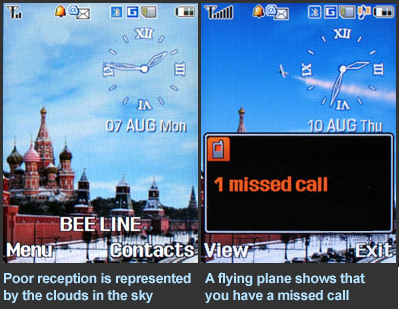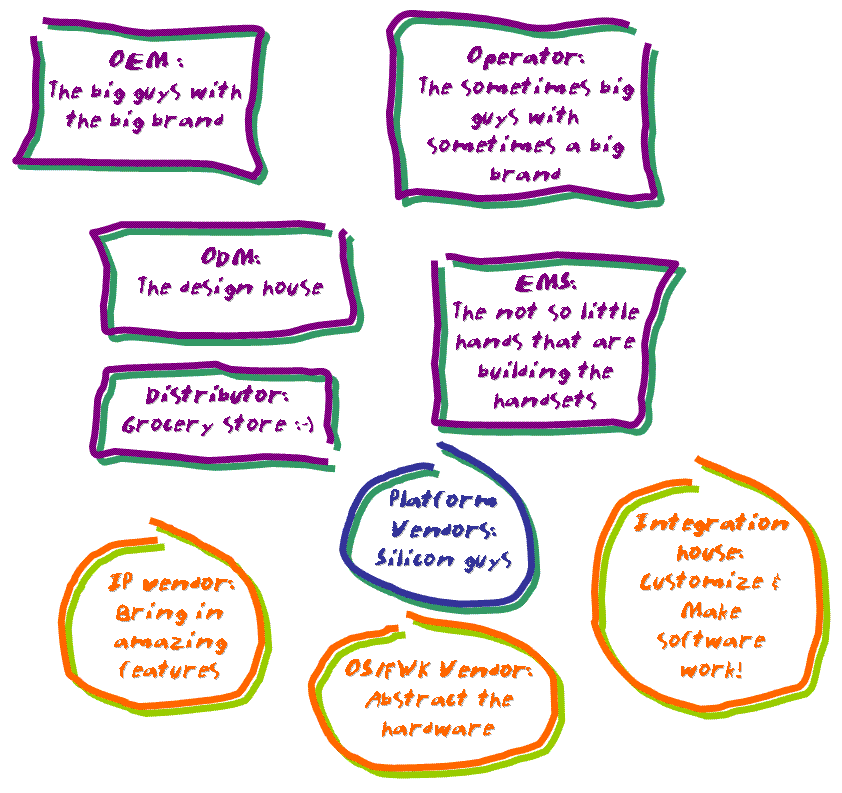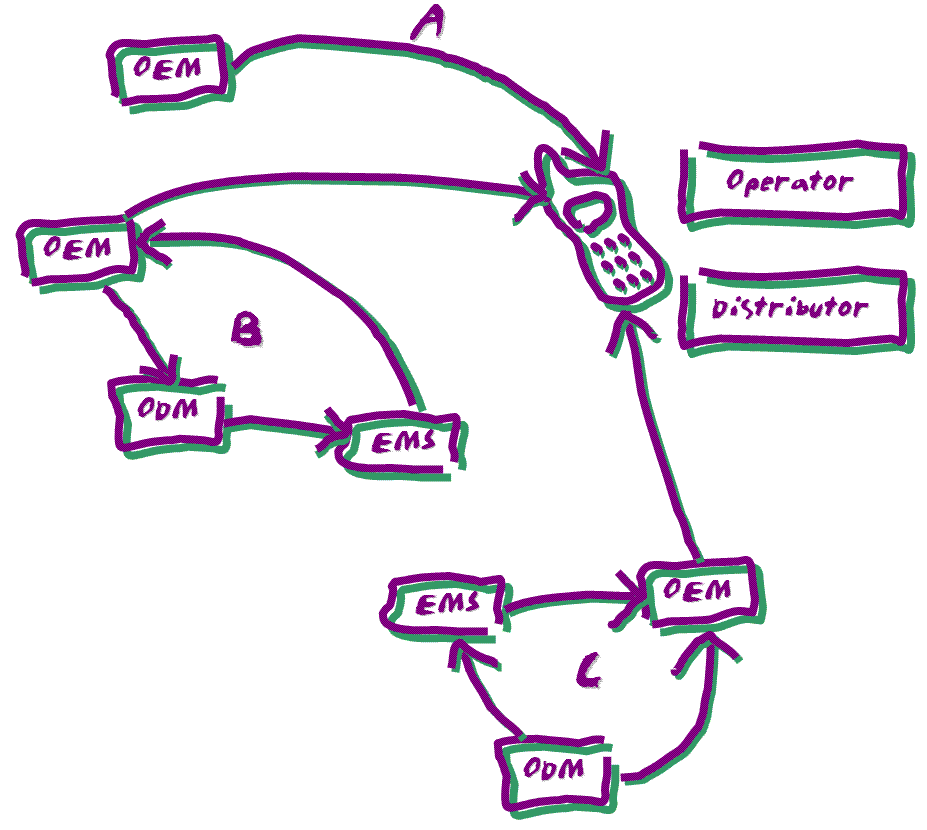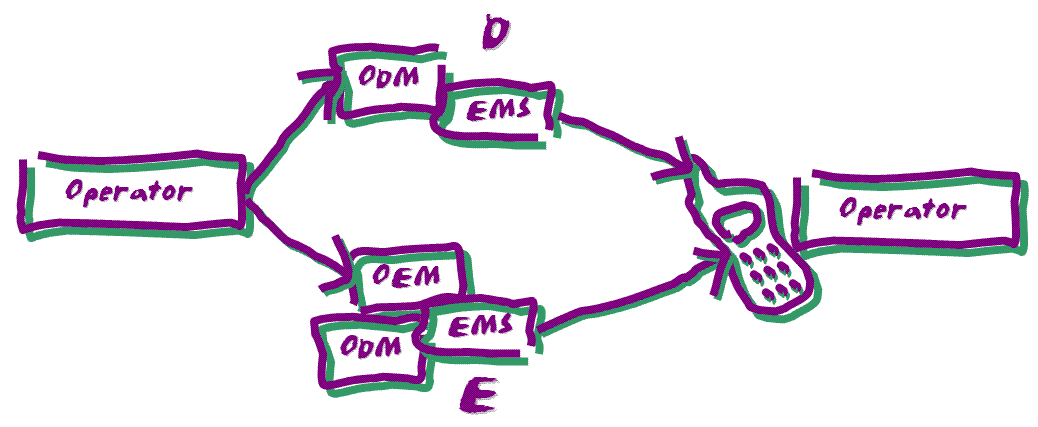TomSoft » Myths of mobile Web2.0 (and mobile Ajax)
Thomas Menguy | September 28, 2006Great read from TomSoft about Mobile Ajax:
TomSoft » Myths of mobile Web2.0 (and mobile Ajax).
Really in line with what Thomas said, especially this point :
…Ajax applications will run the same on mobiles than on PC, and this will save us some porting costs. Wrong! Seems that the Write Once Run Anywhere myth is back!! It was actually already not achievable through technology designed for this, so I did not see how Ajax app…
Same for me … the more I work in this industry with european, chineese,Korean partners the more I see:
- How skilled they are
- NO UNIFORMITY : for each client, and even for each phone for each clients, many things are different and can’t be abstracted generalizing a concept.
- Requirements are from Operators (Carriers), Graphic Designers etc… and no one has the same approach for UI and data representation…
A good technology should help this diversity and free the creativity of those actors… wrong idea to lock them in one scheme, one way to do … how will they differentiate?
Customization is key, and is not at all limited to theme, colors and image, but of the whole software …this is our vision here at open-plug ![]()










